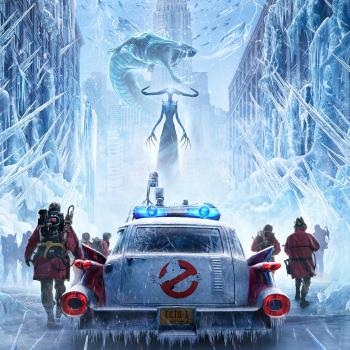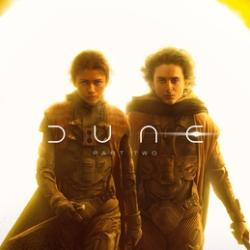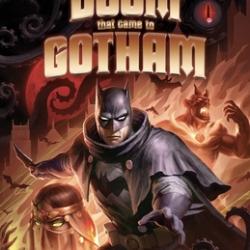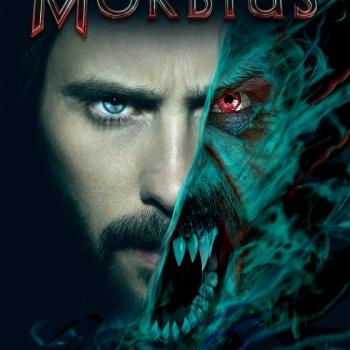Review of The Hobbit: The Desolation of Smaug, Directed by Peter Jackson
Yes, the new Hobbit movie is better than the last one. No, it doesn’t compare to Return of the King. But that’s an unfair comparison: few movies in the history of cinema approach the heights of Peter Jackson’s 2003 masterpiece. The Hobbit is a lesser tale; the movies lighter fare. They were always going to suffer by comparison. Jackson was right to try to avoid directorial duties for this trilogy. Alas for the del Toro version we will never see.
The Desolation of Smaug is an energetic, rollicking spectacle. Bilbo and a baker’s dozen of dwarves spend the movie fleeing from orcs, a mutant bear, a legion of Shelob’s spidery cousins, and suspicious isolationist elves. All this on their way to the lair of the great-grand-daddy of all movie dragons himself—the titular Smaug, who should win an Oscar for visual effects by himself.
As the middle chapter in a trilogy narrating the dwarves’ quest to slay the dragon and reclaim their homeland, the movie has neither a beginning nor an ending but unapologetically races along from monster to monster to give us a sense of forward momentum towards a goal we won’t see for another year.
Within this menagerie of monsters and battles, the best is, surprisingly, the dwarves’ escape from an elvish prison by riding barrels down white water rapids. I’ve complained in the past that special effects killed the simple joys of physical comedy. I was wrong: Jackson, almost alone among his contemporaries, seems to love the art of blending stunt-work and special effects to give us the same kind of entertainment that Charlie Chaplin and Buster Keaton used to give with their pratfalls and raised eyebrows. The barrel-riding scene—which called to mind the running of the dinosaurs in King Kong (2005) and the motorcycle chase in Tintin (2011)—is choreographed and shot with pure cinematic joie de vivre and over-the-top absurdity. My theater, full of jaded film critics, was full of laughter.
Jackson knows how to film spectacle, but if that’s all he did the film would die the dull death of the Transformers trilogy. One of the best scenes in the film is the tense meet-and-greet between Bilbo and the dragon—reminiscent of last year’s between Bilbo and Gollum—which leavens the movie with a small (very small) bit of emotional weight and personality.
The movie is another interesting case study in the adaptation of books into film. I read this book (reviewed here) for the first time when I was ten or twelve years old. In my imagination, the journey through the accursed forest of Mirkwood took up months and months. Even reading about it was oppressive. Afterwards I thought half the book was set in Mirkwood instead of just one chapter. I dwelt on my imagined version of Mirkwood and liked to frighten myself by wandering in the dank, moldy undergrowth in my mind. It may be the first place I ever hoped to see someday in the movies. Jackson’s Mirkwood is eerie, grand, and effective, but it isn’t my Mirkwood—and the scene barely lasts five minutes. By contrast, Jackson embellishes and draws out the barrel scene, to which I barely gave thought.
Thematically, this year’s Hobbit film feels more like a remake than a sequel to last year’s. I wrote last year that the emotional center of the film is the dwarves’ homelessness and their fight to reclaim their homeland, and there isn’t much I can add to that. Bilbo grows more courageous. Thorin grows more determined, even maniacal. There is an effective scene showing the Ring’s effect on Bilbo, faintly echoed in Thorin’s obsession with something called the Arkenstone. The movie inevitably feels like filler: the themes neither begin nor culminate here. Next year’s movie should pack a bigger punch, as it is largely the tragedy of Thorin.












